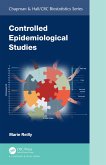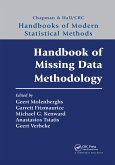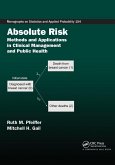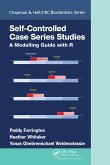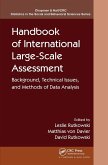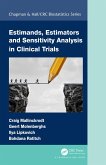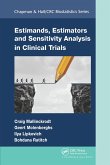Handbook of Statistical Methods for Case-Control Studies is written by leading researchers in the field. It provides an in-depth treatment of up-to-date and currently developing statistical methods for the design and analysis of case-control studies, as well as a review of classical principles and methods. The handbook is designed to serve as a reference text for biostatisticians and quantitatively-oriented epidemiologists who are working on the design and analysis of case-control studies or on related statistical methods research. Though not specifically intended as a textbook, it may also be used as a backup reference text for graduate level courses.
Book Sections:
Classical designs and causal inference, measurement error, power, and small-sample inference
Designs that use full-cohort informationTime-to-event dataGenetic epidemiology
Book Sections:
Classical designs and causal inference, measurement error, power, and small-sample inference
Designs that use full-cohort informationTime-to-event dataGenetic epidemiology
"This book is essential reading and reference for any statistical methodologist with interest in case-control
studies...This book is a very good place to start on the next leg of our statistical journey in this field."
~Nicholas P. Jewell, ISCB Newsletter
" . . . as a handbook, it is designed to address specific methodological issues, more like a toolbox. And this is done well. All chapters come with an introduction and a worked example using sample data, with ample reference to further details. Occasional chapters on unconventional study designs provide food for thought. Overall, the book is well written and very comprehensive; it provides help for many situations, and for situations of greater complexity it points to further references."
~Anika Hüsing, Biometrical Journal
studies...This book is a very good place to start on the next leg of our statistical journey in this field."
~Nicholas P. Jewell, ISCB Newsletter
" . . . as a handbook, it is designed to address specific methodological issues, more like a toolbox. And this is done well. All chapters come with an introduction and a worked example using sample data, with ample reference to further details. Occasional chapters on unconventional study designs provide food for thought. Overall, the book is well written and very comprehensive; it provides help for many situations, and for situations of greater complexity it points to further references."
~Anika Hüsing, Biometrical Journal


